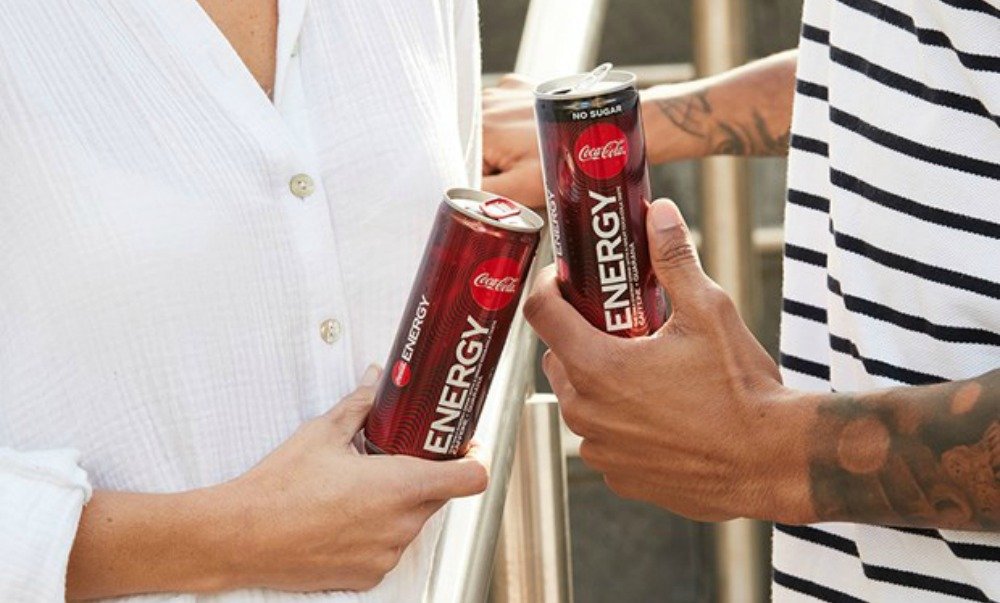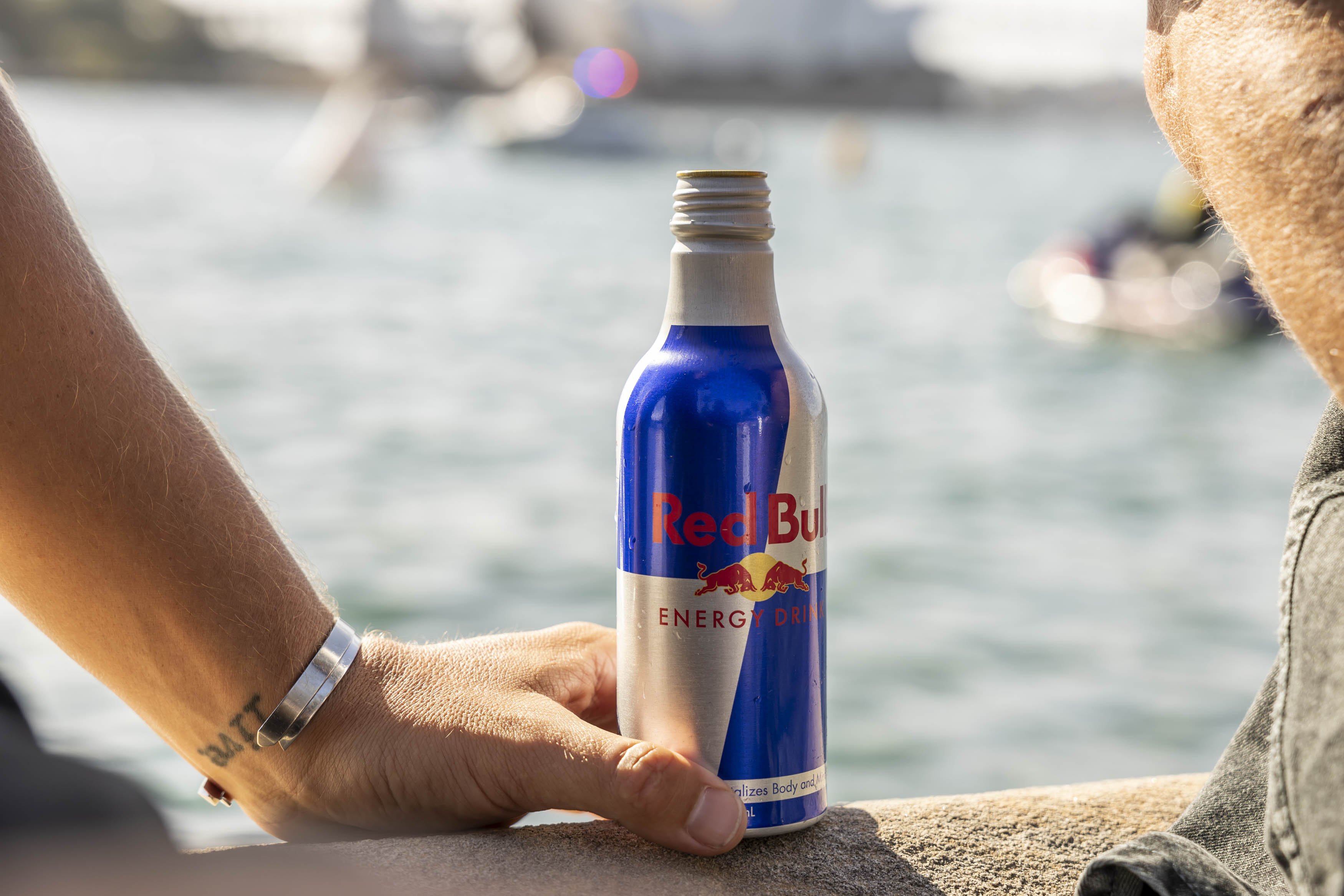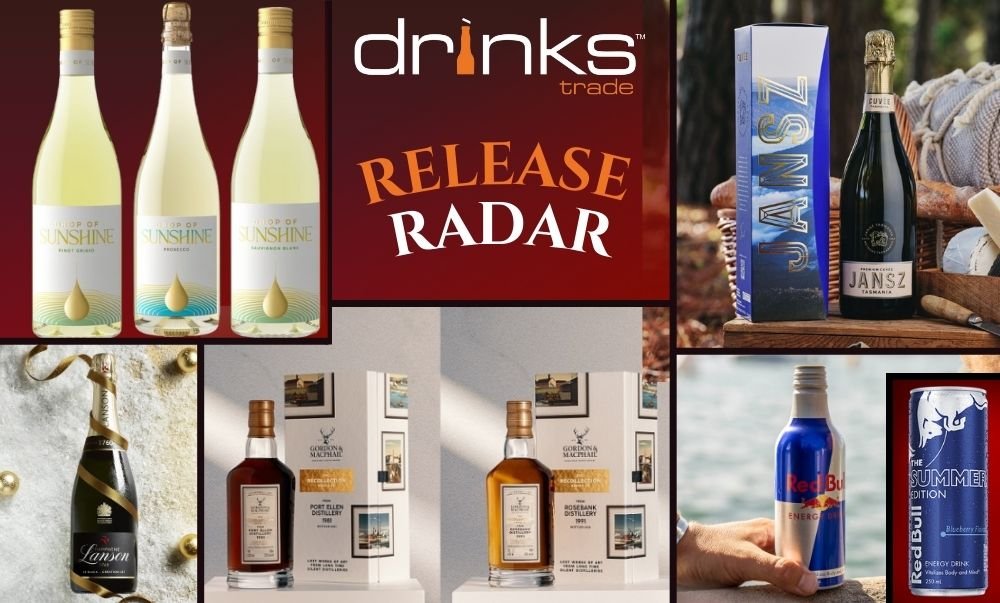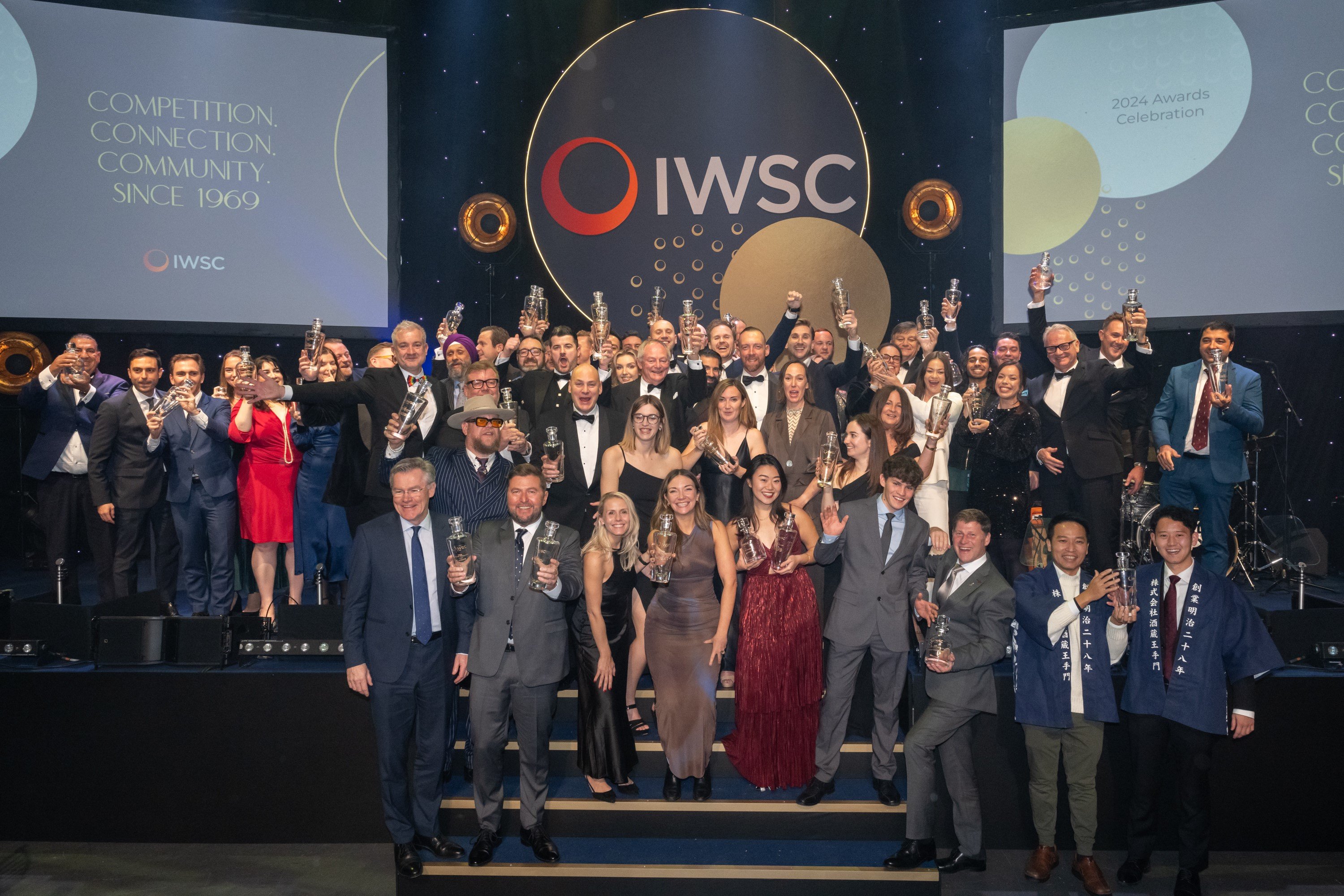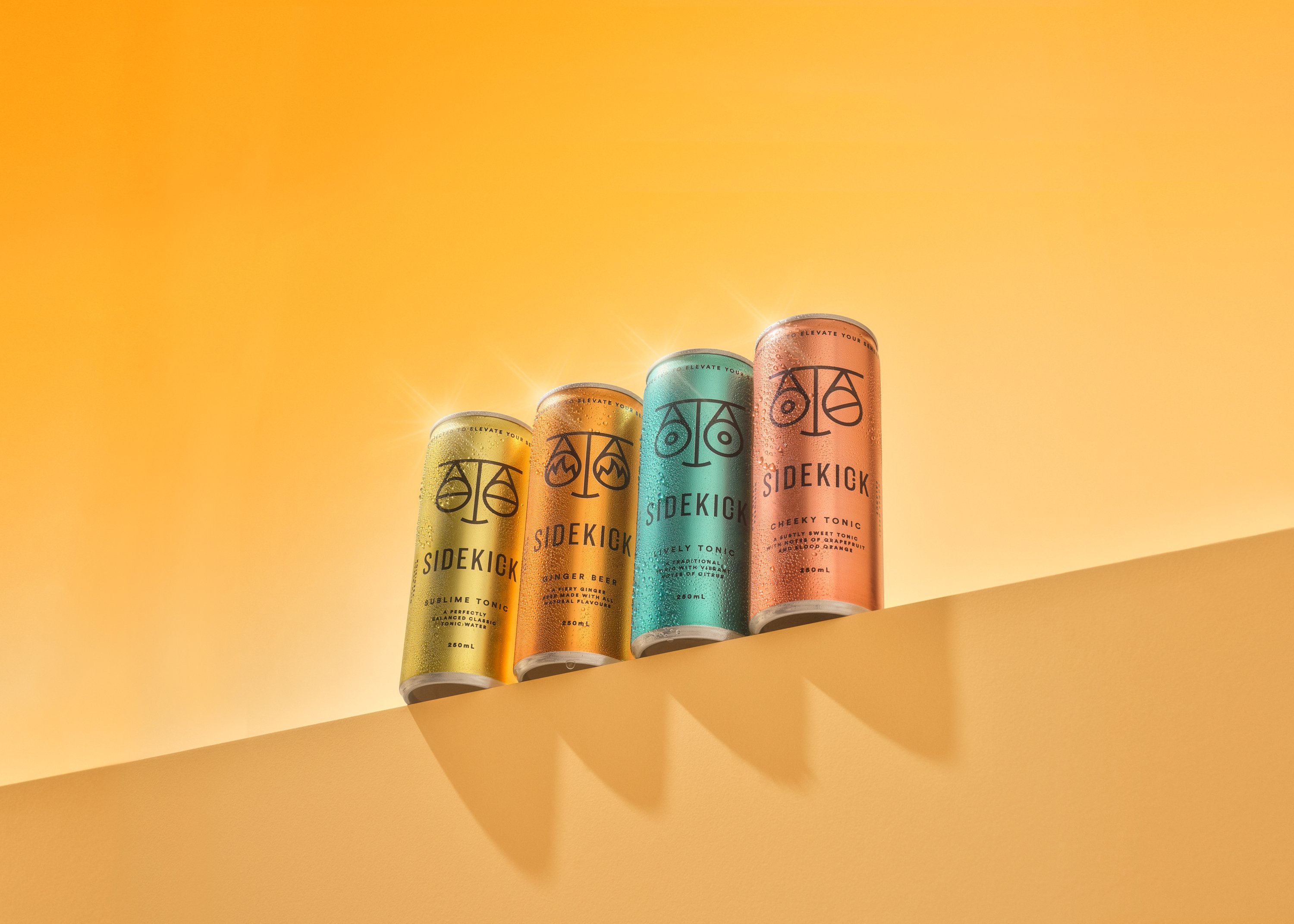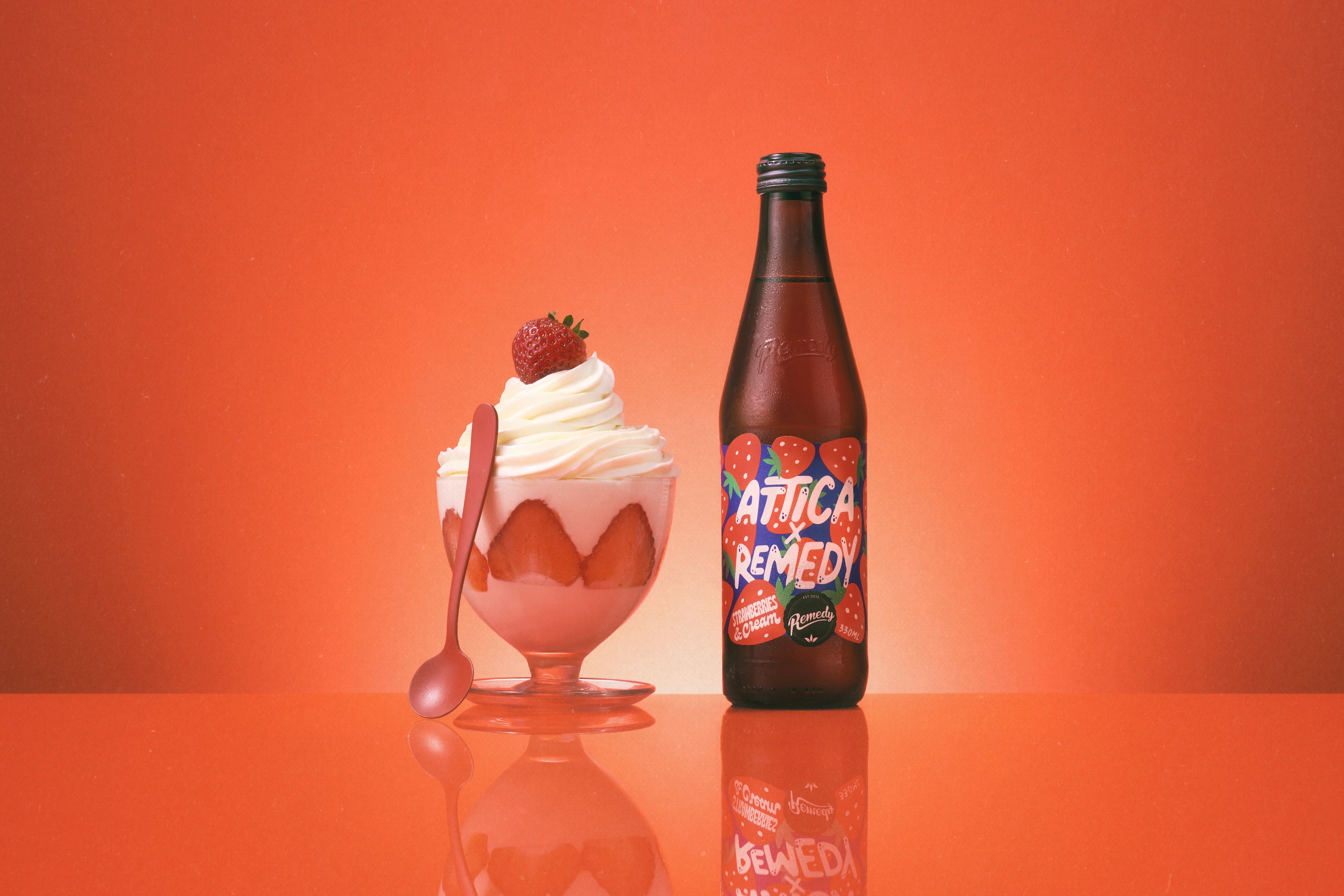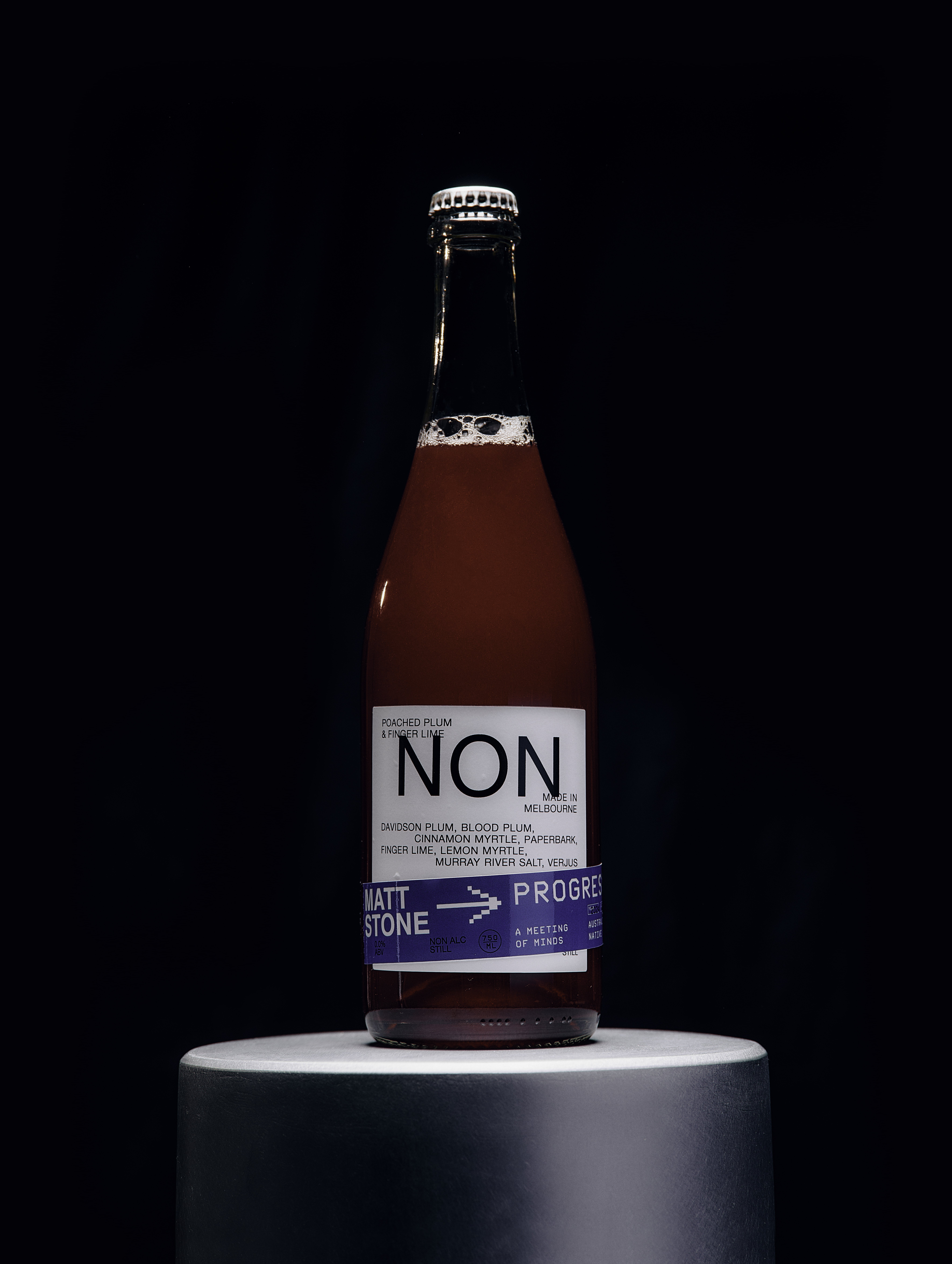Coca-Cola is launching its first energy drink in Australia later this month - Coca-Cola Energy.
The drink features Coca-Cola mixed with additional caffeine and guarana. The 250ml cans will come in a sugar and sugar-free option from $2.70 up to $4 at convenience stores, petrol stations and supermarkets.
It's targeted at the 18-39 year old market and was launched earlier in the year in Spain, Hungary and the UK. It will roll out in more countries throughout 2019.
Coca-Cola Marketing Manager Josh Gonski told News Corp: “The energy drink marketing is growing and more consumers looking for an energy hit to be able to compliment their busy lifestyle.
“We feel consumers are looking not just for great tasting product but a functional benefit.”
Featuring a distinctive design, Coca-Cola Energy is aimed at young adults (18-39) and will be supported by an integrated marketing campaign. Coca-Cola Australia noted that it will not directly market Coca-Cola Energy to anyone under the age of 18 or promote it to be mixed with alcohol.
Mintel reports sales of energy drinks are expected to reach about $16.9 billion by 2022.
“Energy drinks remain the controversial, yet undeniably successful, wild child of the soft drinks family,” said Alex Beckett, Global Food and Drink Analyst at Mintel.
Coca-Cola Emergy will be available in stores nationally from June 26.
Coca-Cola Coffee to expand to 25 global markets
The Coca-Cola Company is hoping to add buzz to its iconic soft drink by expanding sales of Coca-Cola Coffee and Coke Energy around the world.
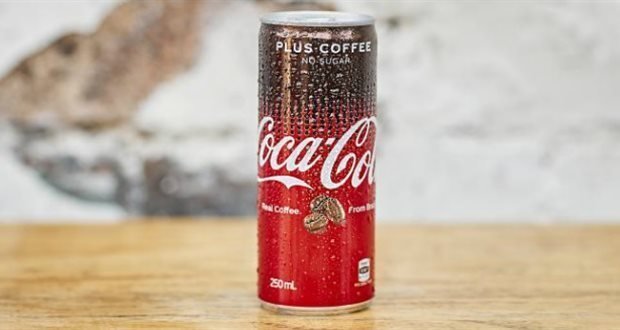
Coca-Cola Coffee was initially launched in Japan, with a sugar-free making an appearance in Australia in 2017.
The company announced in April that it will now release Coca-Cola Coffee in more than 25 markets around the world by the end of 2019.
Coca-Cola CEO James Quincey said in an earnings call: “So, what's next for brand Coke? You will see us to continue to innovate to capture additional consumption occasions and need states.
“One example that I've talked about before is Coca-Cola coffee which we tested in several Asian markets last year. Coke coffee was designed to reach consumers during specific occasions and channels like the mid-afternoon energy slump at work. We've learned from these pilots and we now plan to launch in more than 25 markets around the world by year end.”
Coca-Cola Coffee has slightly less caffeine than a normal cup of coffee but more than a can of the soft drink, it also contains less sugar than a Coke of the same size, but won’t follow the sugar-free route it took in Australia.
It’s not the first time Coke has tried introducing coffee to its namesake brand. Back in 2006 it launched a product called Coca-Cola Blak that it discontinued two years later. The company discontinued the short-lived Coca-Cola Blak two years later.
According to research by Mintel, ready-to-drink coffee is the fastest growing segment in the coffee category, growing 31% in 2016 and 2017.
"Coca-Cola faces the long-term problem that people are moving away from soda and towards healthier or more functional drinks like coffee," said Jonny Forsyth, global drinks analyst at Mintel.
"Twenty years ago, people would have a coffee in the morning and a coke in the afternoon. Today's consumers are now more likely to have a hot coffee in the morning and a cold coffee in the afternoon."
Share the content
